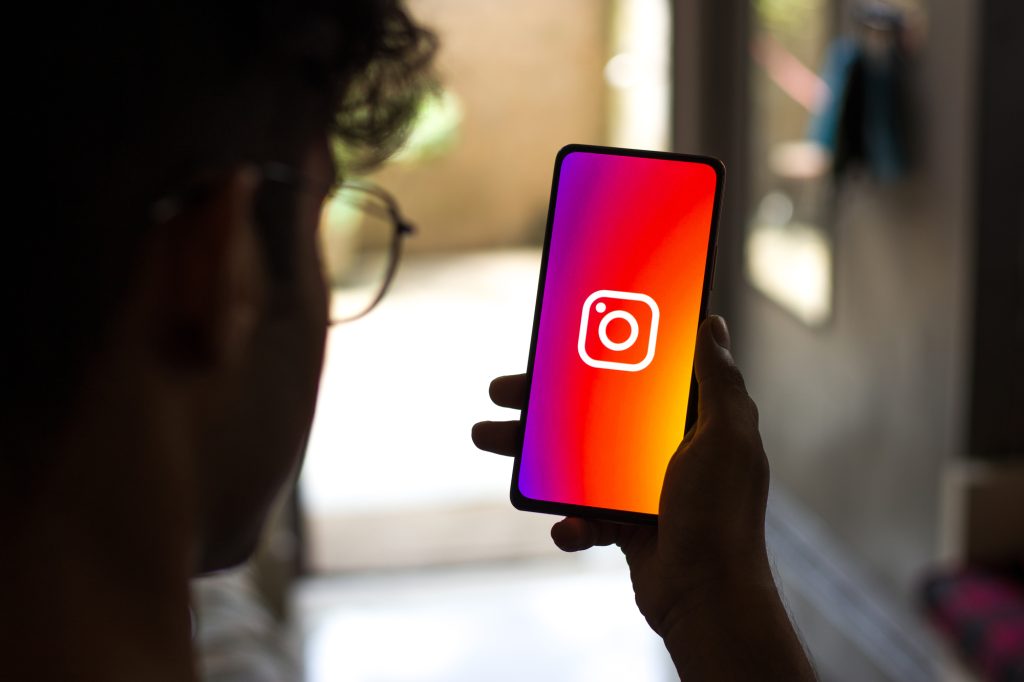If you’re just starting out in social media marketing, you might be stuck deciding whether to post photos or create reels for your business. Don’t worry, we’ve got you covered. In this article, we’ll help you figure out which option will work best for showcasing your brand, service, or products effectively to your audience.
Reels in Social Media

Reels are short, engaging videos typically lasting up to 60 seconds that you can create and share on platforms like Instagram, TikTok, Facebook, and YouTube. They offer a fun and dynamic way to showcase your brand or content through a series of clips set to music or audio. These short-form videos are easy to watch, perfect for the never-ending scrolling and swiping behavior of social media users.
Advantages of Using Reels For Social Media Marketing:
- Higher engagement rates: Reels often grab users’ attention more effectively than static images or longer videos, leading to increased likes, comments, and shares.
- Opportunity for creativity and storytelling: With features like filters, effects, and audio overlays, reels allow you to showcase your brand personality and tell stories in a visually compelling way.
- Enhanced visibility on platforms like Instagram: Platforms may prioritize reels in users’ feeds, increasing the chances of your content being discovered by a wider audience.
Disadvantages of Using Reels:
- Limited duration may restrict content depth: The short duration of reels can make it challenging to convey complex messages or showcase detailed product features effectively.
- Time-consuming to create: Crafting a captivating reel requires careful planning, filming, and editing, which can be time-intensive compared to simply posting a photo.
- Requires video editing skills: Unlike static images, reels involve editing multiple clips together, which may require proficiency in video editing software or apps.
Solution: AI Reels Generator
There’s good news! You can utilize AI reels generators to overcome these disadvantages. AI-powered tools can streamline the process of creating reels by automating tasks like video editing, adding effects, and even generating content based on your preferences.
AI reels generators leverage advanced algorithms to analyze your content and generate engaging reels quickly and efficiently. These tools often come with user-friendly interfaces, making them accessible to individuals without extensive video editing skills.
By utilizing AI reels generators, you can save time, simplify the creation process, and produce high-quality reels that captivate your audience. It’s a modern solution to enhance your social media marketing efforts and stay ahead in the competitive digital landscape.
Photos in Social Media

Photos are static images that serve as visual representations of your brand, products, or content on social media platforms. They play a crucial role in capturing users’ attention and conveying messages quickly and effectively.
In today’s fast-paced social media world, where users are constantly scrolling through their feeds, photos provide a compelling way to stand out. People are more likely to stop and look when your post includes eye-catching images or photos, rather than lengthy text posts alone. The visual appeal of photos makes them easy to consume, allowing you to make an instant impact on your audience and increase engagement with your content.
Advantages of Using Photos:
- Ease of creation and sharing: Taking and uploading photos is relatively quick and straightforward, making it easy to maintain a consistent presence on social media.
- Wide range of tools and filters available: Many social media platforms offer built-in editing tools and filters that allow you to enhance and customize your photos to better suit your brand aesthetic.
- Ability to convey information quickly: A well-crafted photo can communicate key messages or evoke emotions in a single glance, making it an efficient way to engage with your audience.
Disadvantages of using photos:
- May not generate as much engagement as reels: While photos can be visually appealing, they may not capture users’ attention as effectively as dynamic video content like reels, potentially resulting in lower engagement rates.
- Limited storytelling capabilities compared to videos: Photos have less room for storytelling and conveying complex narratives compared to videos, which may make it challenging to engage and connect with your audience on a deeper level.
- Oversaturation of static images on some platforms: On platforms where photos are the predominant type of content, such as Pinterest or Facebook, standing out among the sea of images can be challenging, potentially reducing the visibility of your posts.
Factors to Consider When Choosing Between Reels and Photos
- Target audience preferences and behavior: Understand what type of content resonates best with your target audience. Do they prefer quick, visually engaging videos, or do they respond better to static images?
- Platform algorithms and trends: Stay updated on platform algorithms and trends to determine which content format is currently favored by the platform and likely to receive more visibility.
- Marketing goals and objectives: Consider your marketing goals and objectives. Are you aiming to increase brand awareness, drive engagement, or showcase product features? The content format you choose should align with your goals.
- Available resources and skillset: Assess your team’s resources and skillset. Do you have the time, tools, and expertise to create high-quality reels, or would it be more feasible to focus on creating compelling photos?
- Content depth and complexity: Consider the complexity of the message you want to convey. Reels offer more opportunities for storytelling and conveying complex ideas, while photos are better suited for capturing simple moments or product shots.
Conclusion: Which is Better; Reels or Photos?
In the ongoing debate between reels and photos for social media marketing, both formats offer unique advantages and disadvantages. It’s essential to experiment and analyze their performance to determine the most effective approach for your strategy. By understanding your audience and goals, you can leverage both reels and photos to create engaging content.
Frequently Asked Questions (FAQs):
How do I decide whether to use reels or photos for my social media marketing?
Consider factors such as your target audience’s preferences, platform trends, marketing goals, available resources, and the complexity of your message to determine the most suitable format for your content.
What are the advantages of using reels over photos in social media marketing?
Reels offer higher engagement rates, opportunities for creativity and storytelling, and enhanced visibility on platforms like Instagram. They can grab users’ attention more effectively and showcase your brand personality in a dynamic way.
Can I still achieve high engagement with static photos, or are reels more effective?
While reels often generate higher engagement rates due to their dynamic nature, static photos can still be effective in capturing users’ attention and conveying messages quickly. The key is to create visually appealing and compelling photos that resonate with your audience.
Are there any specific industries or niches where reels perform better than photos?
Industries or niches that rely heavily on visual storytelling, such as fashion, beauty, travel, and lifestyle, may find reels to be more effective in engaging their audience. However, the success of reels versus photos can vary depending on factors like audience demographics and content strategy.
How can I measure the success of my content strategy when using both reels and photos?
Track metrics such as engagement rates, reach, impressions, and conversions to evaluate the performance of your content strategy. Analyze which format (reels or photos) resonates better with your audience and aligns with your marketing goals. Then, adjust your strategy accordingly based on the data gathered.
Related Articles:
- Why Every Business Needs an AI Reels Generator
- How to Create Reels Using AI Reels Generator: A Complete Guide
- The Ultimate Checklist: How to Choose the Best AI Reels Generator
